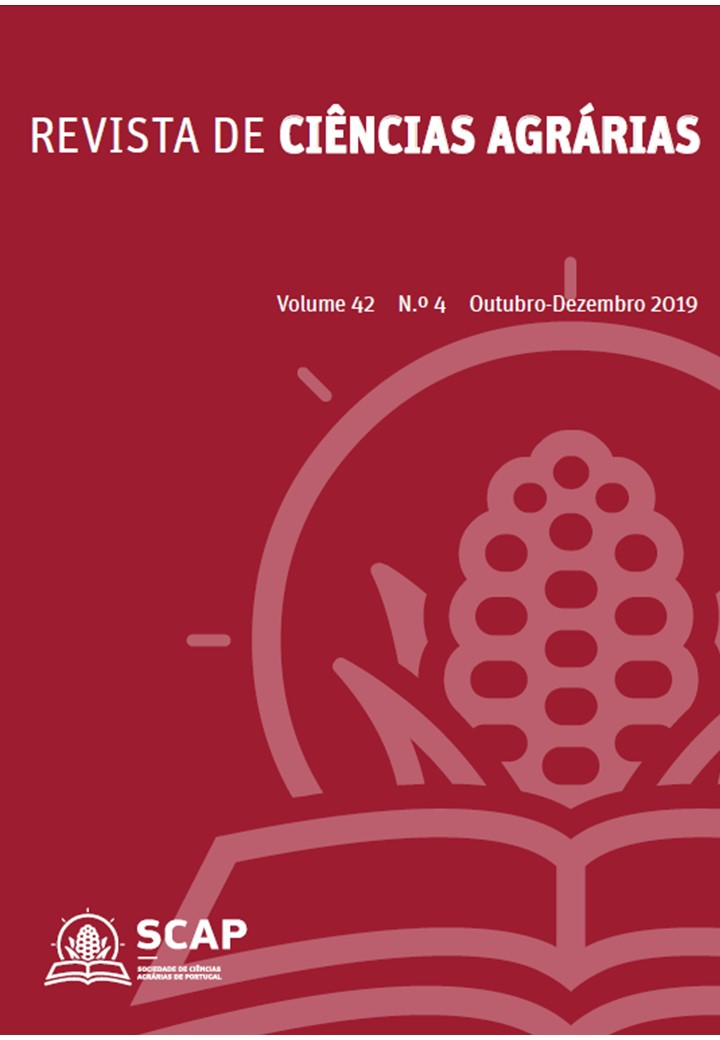Agronomic performance of lowland rice plants promoted by beneficial microorganisms
DOI:
https://doi.org/10.19084/rca.17865Abstract
This work aimed to determine the effect of application forms of growth promoting microorganisms on tropical lowland rice plants development, in two experiments. EI was performed in completely randomized design (CRD) in factorial scheme 7x3+1. Treatments were six rhizobacteria: BRM32109 and BRM32110 (Bacillus sp.); BRM32111 (Pseudomonas fluorescens); BRM32112 (Pseudomonas sp.); BRM32113 (Burkholderia pyrrocinia); BRM32114 (Serratia sp.) and Trichoderma asperellum pool fungus (UFRA.T06+UFRA.T09+UFRA.T12+UFRA.T52) with three application forms (microbiolized seed; seed + soil drenched with microorganism at eight and 15 days after sowing (DAS) and seed + plant sprayed with microorganism at eight and 15 DAS), and control. In EII, microbiolized rice seeds were sowed on test tubes in CRD. Treatments were the same six rhizobacteria of EI and control (water). Isolates BRM32110, BRM32111, BRM32112 and BRM32113 improved gas exchange in lowland rice plants. For biomass production, there were interactions between types of microorganisms and application forms. In general, microbiolization + plant sprayed was the most efficient (10.3%) to increase dry matter biomass of rice shoots. Stoodout BRM32109, BRM32111 and BRM32113, which, increased, on average, 19% of dry rice biomass when compared to the control plants. Root length of rice seedlings treated with microorganisms was, on average, 89% higher than control plants.


